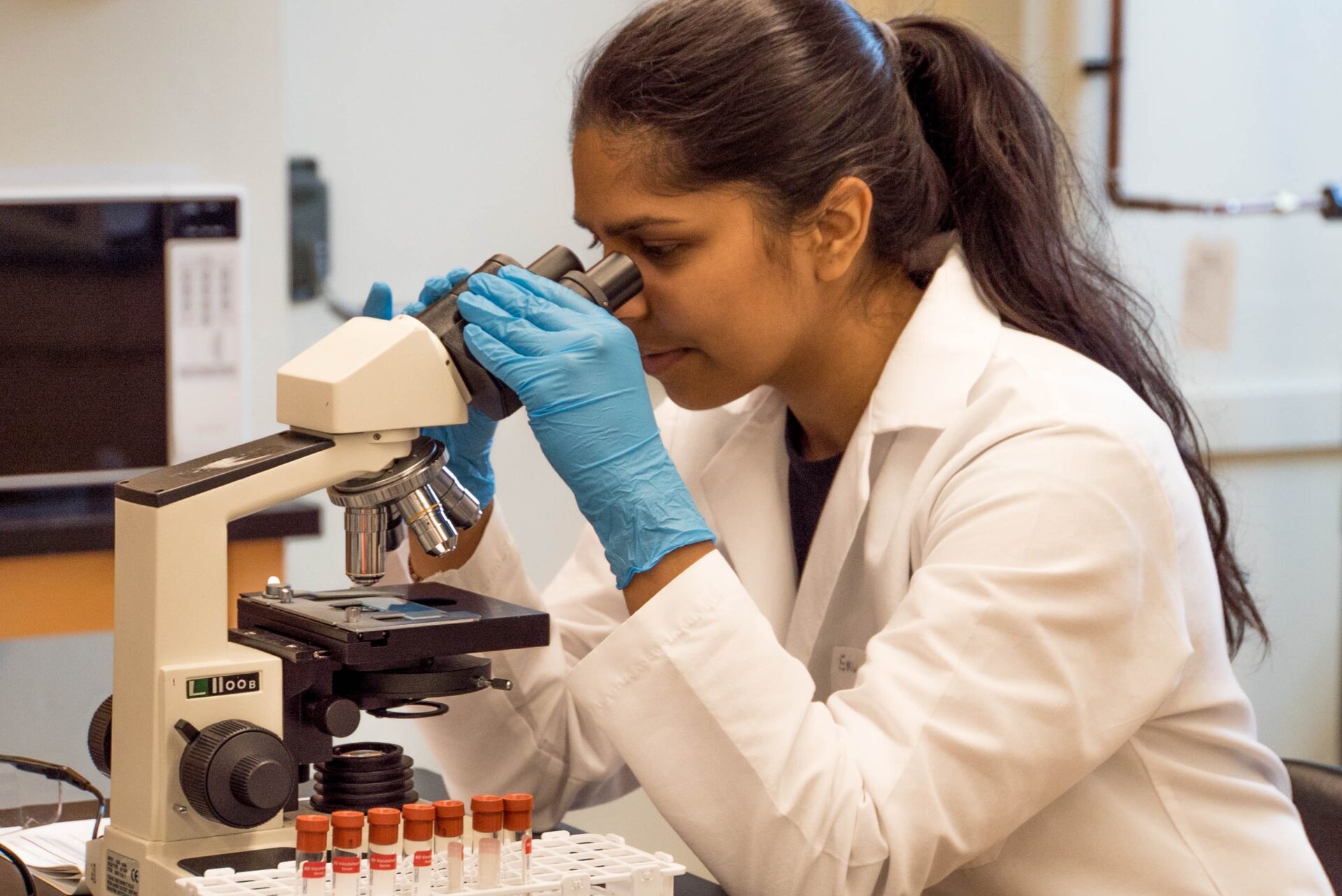Predicting faecal contamination:
Identifying factors affecting the bacteriological quality of water

by Noémie Prévost, M.Sc
Although an indirect and imperfect measure, the concentration of faecal indicator bacteria (FIB) is a good indicator of water safety for aquatic activities. To monitor water quality, samples are tested and results are known over 24 hours later because the samples must be incubated in order to count FIB colonies. This delay is a significant public health concern because during this time, swimmers may be exposed to levels of contaminants that exceed the criteria, which can cause a variety of problems. To overcome this concern , the use of predictive models as a complementary approach is becoming increasingly common. These predictive models are based on the presence of correlations between different factors and the FIB concentration. But which factors can influence their concentration at a given location and time? The following is intended to provide an overview of the factors affecting the transport, survival and redistribution of FIB in surface waters.
Rain
First, rainfall plays a predominant role in the transport of FIB in urban and rural areas. During heavy rainfall, surface runoff carries material from contaminant sources to nearby streams and ultimately to lakes and rivers. Although runoff can cause contamination in urban areas, its importance is much greater in rural areas. Notable sources of contamination are livestock, wildlife or leaking septic tanks. The physical characteristics of the entire watershed: size, slope, type of soil, play an important role, as do land use and vegetation cover. In addition, the amount of rain that has fallen in the previous few days limits the ability of the soil to absorb more water, which contributes to increased runoff.
In urban areas, the primary rain-related mechanism is the overflow of combined storm and sewage systems. Above a certain quantity of incoming water, water treatment plants exceed their treatment capacity and the excess is redirected to rivers. The amount or intensity of precipitation needed to cause this overflow varies according to the characteristics of the infrastructure and therefore differs from one location to another
Rain is the primary mechanism for contaminating waterways, but for infections to occur, this contamination must be transported to areas where aquatic activities are carried out. Shallow, near-shore waters are where most human exposures to FIB occur. The transport of FIB near the shore is the result of a complex interaction between currents, wind, waves, tides and the movement of water masses of different temperatures.
Currents
Currents have a paradoxical effect because they help both to bring contamination from its source to the locations where exposure occurs and to remove contamination from those same locations, making the water safe again. A strong current between the coast and sea clears the contamination very quickly, but when the water circulation is weak, such as in a deep bay, contamination may persist longer.
High tides, especially when they are extreme, also reintroduce bacteria left by previous tides among the algae debris on the beach. Research has shown that E. coli can survive for long periods of time among plant debris and then be rehydrated to continue living.
Waves
Depending on their direction and size, waves can also influence the transport of FIBs between coastal and offshore waters. According to the Beaufort scale, which relates wind speed to conditions observed at sea or on land, a wind speed of 20 to 28 km per hour is required to produce small waves. However, the effect of wind on waves depends not only on its speed, but also on its direction, duration, and the distance the wind blows across the water (fetch). In addition, the shape and size of the waves are affected by the currents. For example, a counter-current wind produces short, high (choppy) waves. Wind could also concentrate parasites which float on the water.
Sunlight
Ultraviolet (UV) light is a common disinfection tool for the treatment of drinking water, especially for systems using groundwater. Likewise, sunlight can affect FIB survival due to UV rays. It was observed that FIB levels were lower in samples taken in the afternoon than in those collected early in the morning, and that the levels are generally lower on sunny days than on cloudy days, suggesting that the UV radiation may affect the survival of FIB. Surprisingly, it has been shown that E. coli bacteria inactivated by sunlight can repair themselves, meaning that the effects of sunlight exposure may only be temporary. In addition, the effect of sunlight is greatest when the water is clear because the suspended sediment limits the progression of UV rays through the water column.
Resuspension
When the water is calm, FIBs, like other particles, tend to settle. Resuspension is a contamination mechanism by which pathogens that have been trapped with the sediments mix with the water again. In addition, other resuspended material blocks sunlight, increasing the prospects for FIB survival. Several factors can contribute to the resuspension of sediments and affect water turbidity, including the presence of swimmers, waves caused by winds and motorboats, and currents.
As we have seen, a wide variety of factors can influence the concentration of FIB in a river or lake. As a result, water quality modeling is complex.It would theoretically be possible to incorporate all of these factors into a model attempting to describe the concentration of FIB at a given time and place, but often the data that would be needed to characterize these phenomena is simply not available in real time. Another challenge is that, in practice, routine measurements are usually taken in the morning, without swimmers in the water to avoid resuspension, so the daily cycle of sunlight and the effect of swimmers remain poorly understood. In addition , local and episodic contamination mechanisms may be at play, such as the presence of birds on the beach.
However, being aware of all these limitations does not prevent us from modeling the bacteriological quality of water by utilizing the maximum amount of information available. The most successful models do not rely on a detailed understanding of the mechanisms involved, but rather on the correlation between predictors and observations in historical data. Often the predictor is a factor directly related to contamination, such as the amount of rainfall in the last 24 hours, but this is not always the case. For example, water temperature or conductivity can be used to identify different bodies of water with different historical contamination rates. The primary factors that have been widely used in predictive models are precipitation and tide. However, other factors are regularly tested and will likely be used in the future as more data becomes available.
If sufficient priority is given to this issue, in the near future, access to real-time information on water quality will become widespread, and before going out to participate in aquatic activities, checking water quality forecasts will become as common as checking the weather.
References:
Wymer, Larry. (2007). Statistical framework for recreational water quality criteria and monitoring. 10.1002/9780470518328. Chapter 10: Nowcasting recreational water quality.
Leveraging artificial intelligence and machine learning to help protect the world’s most valuable resource: Water.
© 2023 CANN Forecast Software Inc.
FOLLOW US



